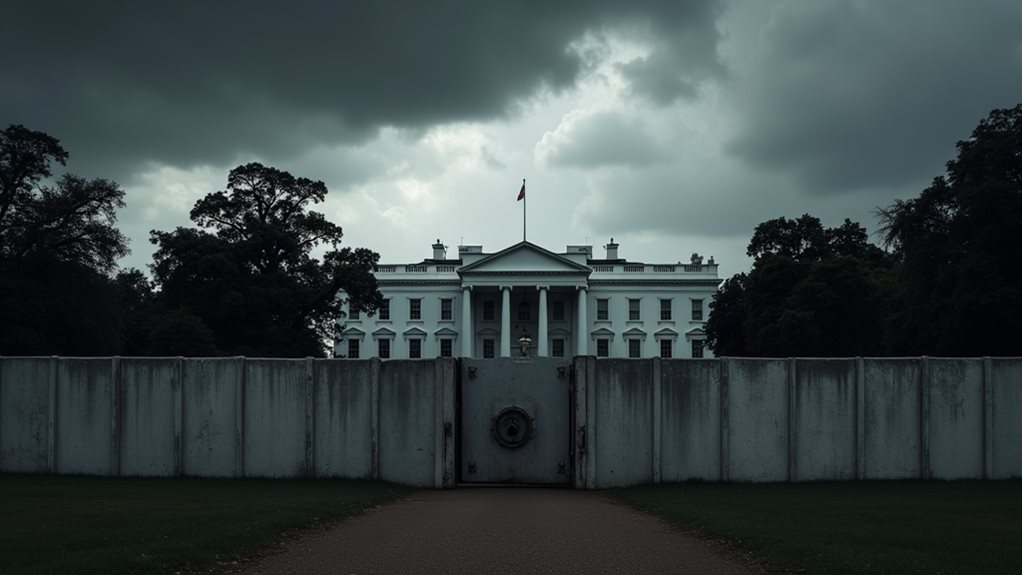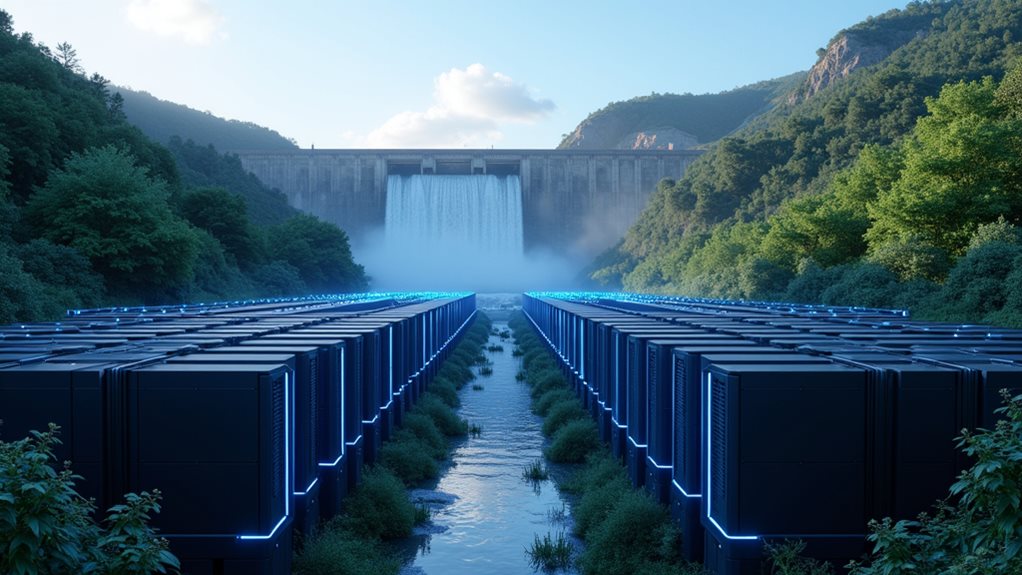Trump’s bold vision for a U.S. sovereign wealth fund is hitting major roadblocks. White House officials are backing away from the former president’s February 2025 executive order, citing serious concerns about funding and governance. The ambitious plan, meant to rival oil-rich nations’ funds, faces a stark reality check against America’s $1.15 trillion deficit. Internal tensions are mounting as advisers clash with Trump’s grand economic dreams. The full story reveals a complex battle between vision and practicality.

While Donald Trump dreams of joining the sovereign wealth fund club alongside oil-rich nations, his own White House isn’t exactly jumping on board. The former president’s February 2025 executive order directing Treasury and Commerce to craft a U.S. sovereign wealth fund plan has hit some serious snags.
Sure, he wants America to play in the same sandbox as Saudi Arabia’s $925 billion Public Investment Fund. But turning that vision into reality? That’s proving messier than expected.
The administration’s economic team dutifully delivered their homework by May – a detailed plan for how this massive investment vehicle might actually work. But then came the awkward part. White House officials started backing away faster than politicians from a campaign promise. A spokesperson’s carefully worded statement made it clear: plans exist, but don’t hold your breath for any big announcements.
Trump’s pitch is simple enough. Create a massive state-run investment fund, generate wealth for future generations, and flex some serious economic muscle on the global stage. Traditional sovereign wealth funds usually get their cash from oil revenues or trade surpluses. But this is America – we’re trying to MacGyver something different here. With a projected fiscal year deficit of $1.15 trillion in 2025, funding sources remain a major hurdle. One potential use under consideration is acquiring TikTok stakes, though nothing has been finalized.
The real sticking point? Nobody seems to know who’s going to be in charge of this financial behemoth or how to keep it honest. Critics are having a field day pointing out the glaring lack of governance details in the proposals. Without clear rules, this fund could turn into a political playground or, worse, a money pit that adds to public debt instead of solving problems.
The tension between Trump’s grand vision and his administration’s practical concerns keeps growing. While he sees a tool for economic dominance, his advisers see red flags. They’re worried about everything from potential market disruption to proper oversight.
It’s like watching someone try to build a skyscraper without first checking if the foundation can hold it up. For now, this ambitious plan remains stuck in bureaucratic limbo, with more questions than answers.









